A study released by a Delhi-based advocacy organisation raises concern about the presence of toxic phthalates in disposable baby diapers available in the Indian market. On the third Saturday of every month, she hands out diapers and wipes, as well as baby clothing, in a store parking lot. It is even more worrying that despite the evidence for this, the official EU Chemicals Agency chooses to defend the economic interests of the industry, rather than supporting safety-restrictions that would protect the health of these young children. In the ANSES report, this included hexachlorobenzene, 1,2,3-trichlorobenzene, 1,2,4-trichlorobenzene, formaldehyde, hexachlorobenzene, 1,2,4-trichlorobenzene and all the detected fragrances. The main routes of excretion are via the bile and feces. ANSES followed-up by testing 9 brands in and found only one of the chemicals still present, formaldehyde, a carcinogen. She wonders how to survive without going deep into debt. For the extraction from whole diapers, the diapers were soaked three times with mL of synthetic urine at 15 min intervals. The effects of individual congeners are assumed to be additive after adjustment for their potency to activate the AhR. In contrast to PAHs see below , there is some reason to believe that dermal exposure to dioxins and DL-PCBs might cause similar systemic effects as oral exposure, which may legitimate the dermal—oral route extrapolation made in the ANSES report. February 20, The diaper business is a self-regulating industry, meaning it's up to the diaper companies to ensure they're compliant with safety regulations in Canada. Articles written and posted by the newsroom staff at Environmental Health News.

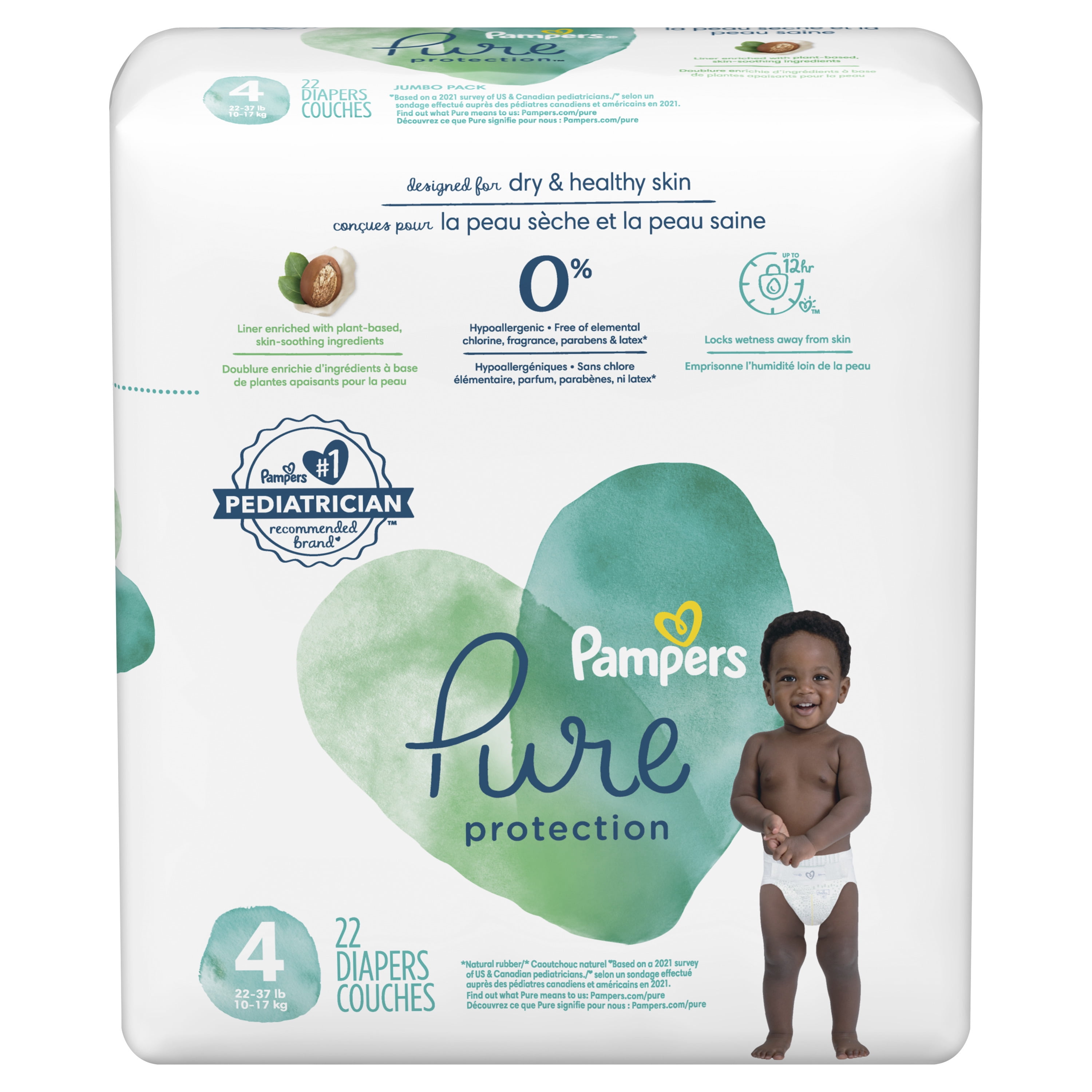
Other common diaper substances include lotions containing almond oil or Jojoba, which can also lead to skin reactions in allergic children. Skip to main content. The EU recently banned U. Farmers Protest Live. These chemicals are known to cause severe adverse health impacts , including: hepatic, immunological, neurological, metabolic and endocrine toxic impacts; adverse reproductive impacts; mutagenicity impacts; and genotoxic impacts. Cincinnati has some of the highest rates of child poverty in the country, and Fischer estimates roughly 16, children in the region need diapers at any one time. Similarly, assuming that all the substance present in diapers can enter in contact with the skin is not realistic in regard to the very low fraction of absorbed fluid rewetting the skin.
Associated Data
Open in a separate window. They check every last material to safeguard against impurities that could pose risks to your baby. Similarly, assuming that all the substance present in diapers can enter in contact with the skin is not realistic in regard to the very low fraction of absorbed fluid rewetting the skin. On the basis of these extractions, ANSES adopted three different exposure scenarios and calculated the daily intakes of substances by the dermal route with the following equations:. According to the authors, this suggests that the association of dioxins with decreased male fertility might be specific to the PCDDs TEQ [ 27 ]. S and European regulatory safety standards. America is replacing its pipes: Is ductile iron pipe a good alternative for plastic? The half-life of dioxins greatly varies with the degree of chlorination but also with the age, ranging from less than one year in infants up to 30 years in old adults [ 18 , 19 , 21 ]. Dioxins and DL-PCBs are non-genotoxic carcinogens which above a certain threshold promote cancer development at various sites including the skin, the ovaries and the liver. Diaper care for happier and healthier babies. Ironically, a moment of widespread scarcity during the pandemic may — finally — lead to more equitable diaper access. Bourgart E. Environmental Protection Agency-certified lab and found levels of organic fluorine ranging from 10 parts per million ppm to ppm. Federal government websites often end in.
Babies exposed to highly toxic nappies face severe disease threat later in life
- The data on the carcinogenicity of PAHs in humans essentially derive from studies among workers with high inhalation or dermal exposure to mixtures of PAHs.
- PAHs are lipophilic substances that are usually well-absorbed by all routes [ 1034 ].
- Exposure Factors Handbook.
- It is banned in toys and other consumer products.
- Connecticut lawmakers are considering including diapers in Medicaid coverage.
Most of the chemicals disrupt hormones, the officials say [3], a property that means they have no safe exposure level [4]. ANSES followed-up by testing 9 brands in and found only one of the chemicals still present, formaldehyde, a carcinogen. But contamination could return, so the agency asked the EU to strictly limit the chemicals in nappies. That proposal is being resisted by EU institutions. The European Chemicals Agency acknowledges [6] potential risks, said the chemicals should not be present, but claims the French failed to properly demonstrate a risk to children. That position is flawed, NGOs say. Yesterday, the European Commission missed a legal deadline [7] to respond to the French proposal, stalling consumer protections for months or years [8]. Incredibly, this situation is perfectly legal. French pressure forced manufacturers to clean up their act, showing that it is perfectly possible. But as soon as the inspectors are gone, the problem could be back. The Commission recently pledged to protect children from chemical hazards. It should take this nappies threat seriously, stop wasting time and eliminate toxic nappies. It is even more worrying that despite the evidence for this, the official EU Chemicals Agency chooses to defend the economic interests of the industry, rather than supporting safety-restrictions that would protect the health of these young children. We will continue our fight for a toxic-free environment for all citizens throughout their lives, and surely in their younger and most vulnerable years. It should not be up to parents to know whether the nappies they are using may be toxic or not. The harmful effects of these substances are well known, they should simply not be allowed in any childcare products. The EU must step up and ban those substances in nappies and ensure a toxic-free environment for all. Why is the EU so slow and reluctant in taking action to protect them? I urge the Commission to urgently remedy this and set high EU standards for healthier single use diapers. It is our duty to protect them from potentially lifelong damage through harmful substances in nappies.
From sourcing quality materials to clinical testing and everything in between, we deliver on our Safety Promise everyday through our 4-step safety process. Having safe product begins with using only safe raw materials. S and European regulatory safety standards. Once our suppliers are thoroughly evaluated and approved, pampers usa risks, our safety experts dig below the surface. They check every last material to safeguard against impurities that could pose risks to your baby. Once we create the final product, pampers usa risks, we thoroughly test it over and over again in clinical safety studies. We also work with families around the world who test our products and provide real-time feedback. Even after product development is complete, we continue to monitor the safety and quality of our products and pampers usa risks concerns from parents like you!

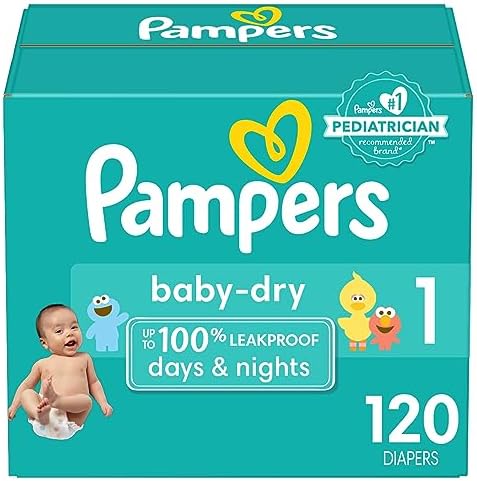
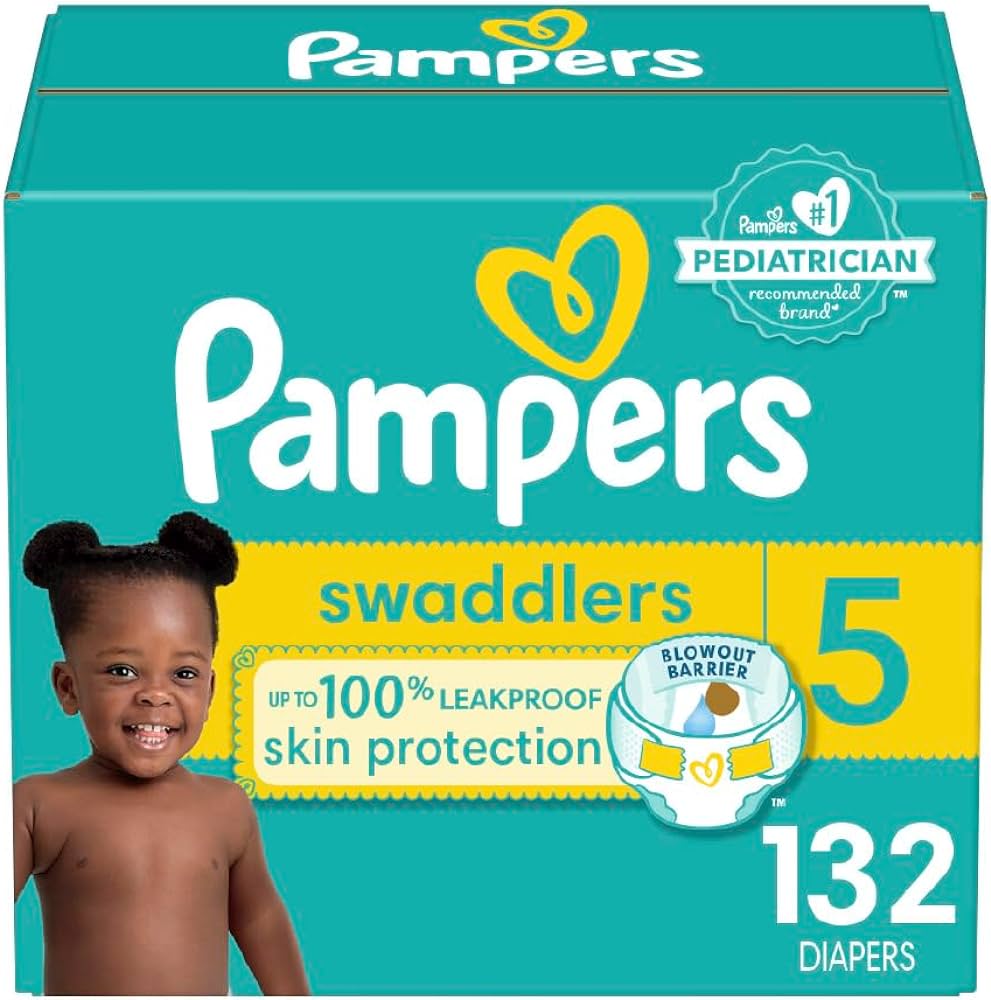
Pampers usa risks. Diapers or dinner? An impossible choice
Partnering with EHN. Environmental Protection Agency-certified lab and found levels of organic fluorine ranging from 10 parts per million ppm to ppm. The report builds EHN. The exposure risk to PFAS through the skin is not entirely clear, pampers usa risks, however, previous lab research by the National Institute for Occupational Safety and Health found that PFAS skin exposure poses similar health pieluchy bella happy premium dry as ingesting the chemicals via food or water. In addition, babies and infants are pampers usa risks most vulnerable to health impacts from PFAS and others toxics. We already know that exposure to these chemicals can cause problems in pregnant women, but the effects on Iplus 99 at this young age are mostly unknown. What other harmful compounds are in diapers? Some of these compounds would be listed as ingredients, but many would not. Watch out for undisclosed fragrances, pampers usa risks, dyes, lotions and any waterproofing fabrics — all of which could be a sign of harmful compounds. Articles written and posted by the pampers usa risks staff at Environmental Health News.
More from HPH
A Facebook page has been set up asking Procter and Gamble, the company that makes Pampers, to bring back the older versions of its diapers. The group has more than 9, members, a number that's growing daily. The claims made in this lawsuit are completely false. Regardless of the legal outcome, the bad Pampers press has shed light on the fact that parents are largely in the dark about the chemicals found in the disposable diapers their children wear. There's little data available.
During lactation, the body burden of the mother decreases as a result of dioxin transfer to the nursed child [ 20 ].
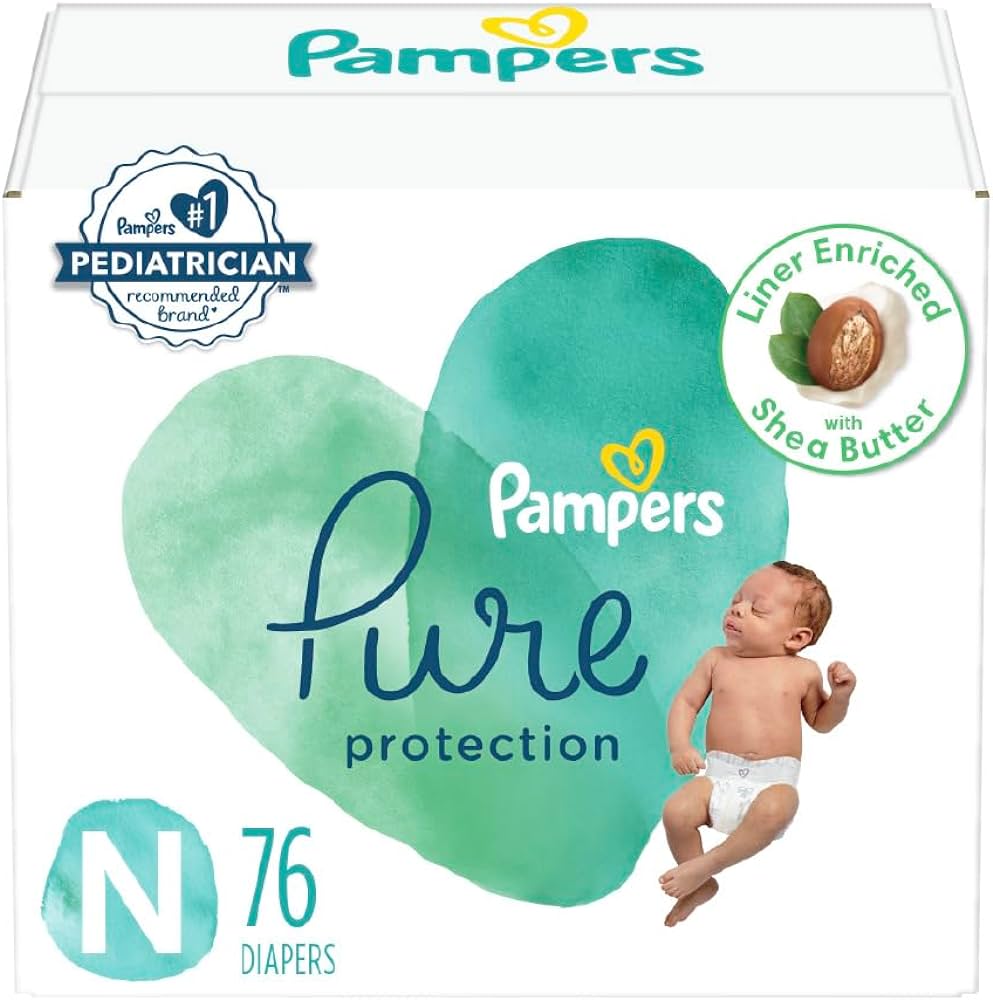
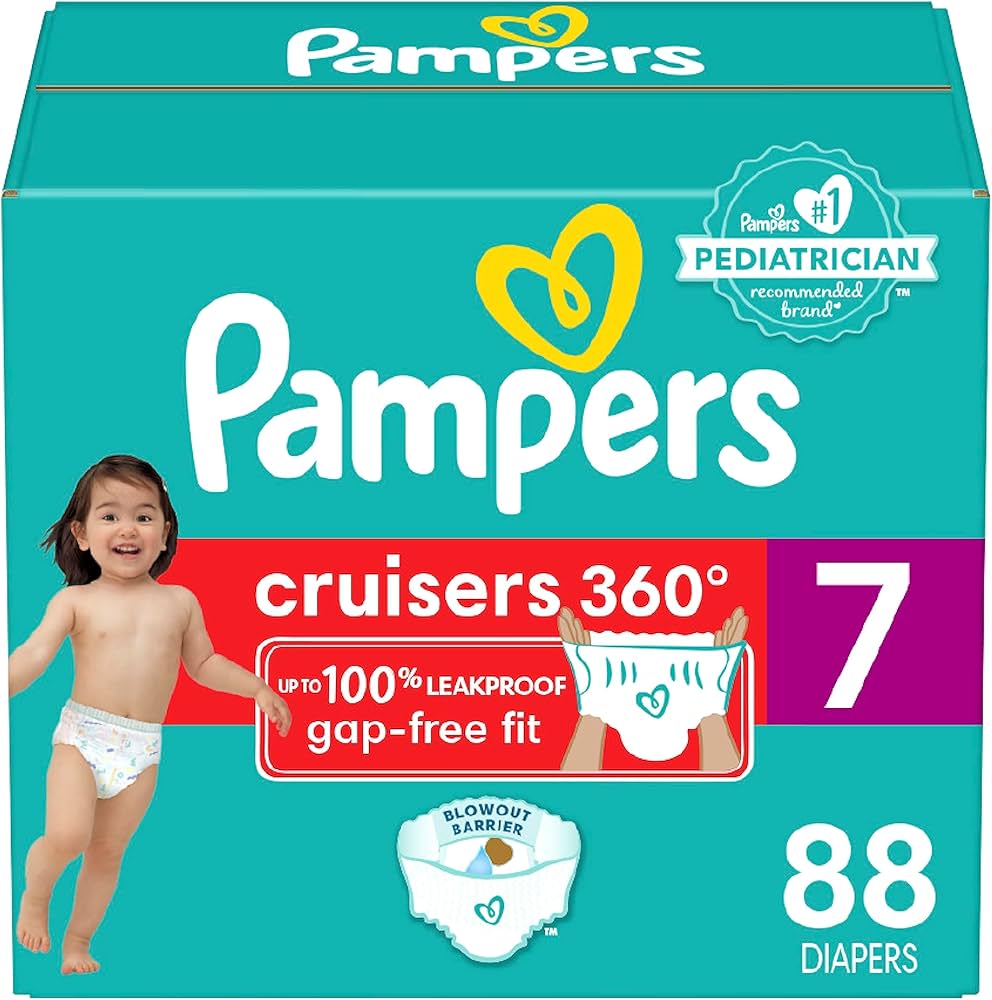
Upgrade to New Pampers Premium Care Pants : A Breath of Fresh Air for South African Moms and Babies!
0 thoughts on “Pampers usa risks”